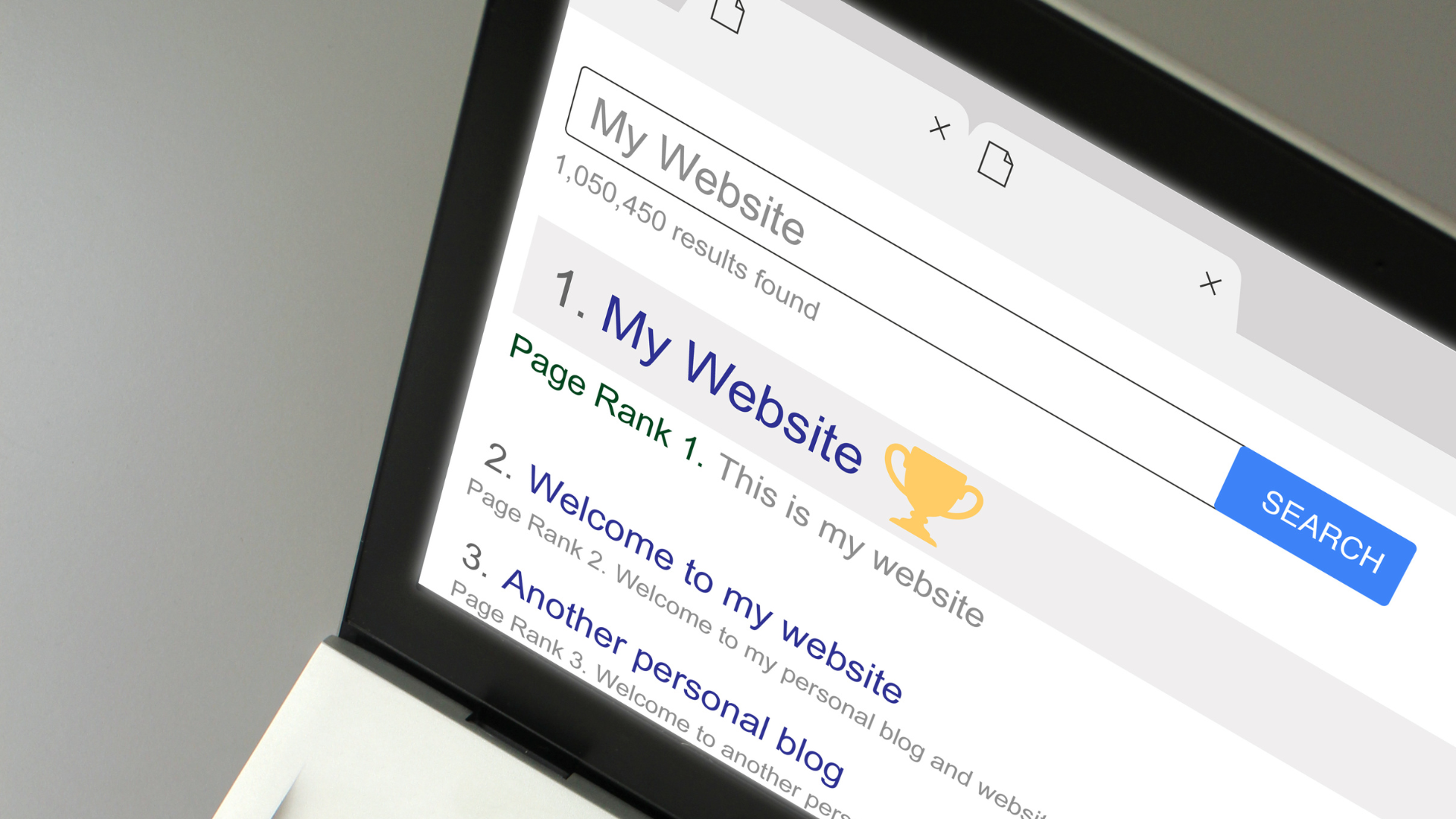Top 10 Website Mistakes Small Business Owners Make (And How to Avoid Them)

Your Website Could Be Hurting Your Business—Without You Even Knowing
If you're a small business owner, chances are you’ve either built your own website or had one created on a budget. And that’s great—having an online presence in 2025 is non-negotiable. But just having a website isn’t enough.
The real challenge? Making sure your site works for you—not against you.
A slow, confusing, or outdated site can quietly sabotage your business goals. Many entrepreneurs unknowingly drive away potential clients with poor user experience, unclear messaging, or missing essentials. The result? Lost leads, lower credibility, and a site that sits online gathering digital dust.
The good news? These issues are fixable. In this post, we’ll explore the top 10 website mistakes small business owners make, along with actionable small business website tips to turn things around.
Whether you’re building from scratch or refreshing an existing site, this guide will help you avoid the pitfalls that slow so many businesses down.
1. No Clear Purpose or Goal
One of the biggest mistakes small business owners make is building a website “because they have to”—but without a strategy.
Is the goal to book appointments? Collect emails? Sell products? Educate customers?
When you don’t clarify the purpose of your website, everything becomes vague: the layout, the copy, the navigation, even your offer. Visitors get confused or lost, and they leave before taking action.
Website Tip:
Define a primary goal for your website. This could be:
- Getting contact form submissions
- Selling a digital product
- Driving traffic to a brick-and-mortar location
Once that’s set, every element of your site—from your homepage hero text to your navigation bar—should support that goal.
2. Cluttered or Distracting Design
More isn’t always better. A website with too many colors, fonts, buttons, pop-ups, and images doesn’t impress—it overwhelms.
Visitors typically decide whether they’ll stay on your website in under 5 seconds. If they can’t immediately find what they need, they’ll leave.
Website Tip:
Less is more. Use whitespace to create breathing room. Stick to
2–3 fonts, a consistent color palette, and a visual hierarchy that guides users. If it doesn’t serve your site’s purpose, don’t include it.
Platforms like MyBuildr are built to help you maintain clean, conversion-friendly design without needing to be a professional designer.
3. Weak or Missing Calls to Action
Imagine walking into a store with no one to greet you, no price tags, and no clear checkout counter. That’s what browsing a website with no CTAs feels like.
Many small business websites fail to clearly tell users what to do next—whether that’s booking a call, downloading a freebie, or making a purchase.
Website Tip:
Use clear, action-oriented language like:
- “Get a Free Quote”
- “Schedule Your Consultation”
- “Start Your Free Trial”
Place these CTAs above the fold (visible without scrolling) and repeat them throughout your pages. Don’t leave visitors guessing.
4. Not Mobile-Friendly
In 2025, more than 60% of all web traffic comes from mobile devices. If your site doesn’t load well on a smartphone, you’re potentially turning away over half your visitors.
This includes issues like:
- Buttons that are too small
- Menus that don’t open
- Text that’s unreadable without zooming
- Pages that load slowly or break entirely
Website Tip:
Use a responsive website builder like MyBuildr or test your site frequently on multiple screen sizes. Tools like Google's Mobile-Friendly Test can give you quick feedback.
Your site should look great and function flawlessly—whether someone’s on a phone, tablet, or desktop.
5. Slow Loading Speed
A slow website is a conversion killer. Every second counts. According to Google, sites that take more than 3 seconds to load lose over 50% of mobile users.
This often comes from:
- Oversized images
- Bloated code
- Excessive plugins or third-party scripts
- Poor hosting
Website Tip:
Compress your images (without ruining quality), minimize unnecessary scripts, and use a platform with fast, optimized hosting like MyBuildr. Speed = trust.
6. Neglecting Basic SEO
Search engine optimization (SEO) is what helps your website show up when someone Googles your service or product. But many small business websites completely ignore this foundational piece.
Missing meta titles, duplicate content, broken links, and no keyword strategy all hurt your rankings.
Website Tip:
Follow basic on-page SEO practices:
- Use your focus keyword in your page titles and headers
- Write unique meta descriptions for each page
- Add alt text to every image
- Keep your URLs clean and descriptive (e.g., /about-us, /services)
Consistently applying these small business website tips will help your site climb search engine rankings naturally.
7. Generic Stock Photography
Stock photos aren’t inherently bad—but they can quickly make your brand feel inauthentic. We’ve all seen the same smiling customer service woman with a headset a hundred times.
Generic imagery creates a disconnect. Visitors can’t tell what’s unique about you.
Website Tip:
Whenever possible, use real photos. This could be:
- You and your team in your workspace
- Your products in action
- Behind-the-scenes shots of your process
You don’t need a professional camera—modern smartphones and good lighting can go a long way.
8. No Analytics or User Data
Building a website is just step one. Knowing how people actually use your site is step two. Yet many small business owners launch their site and never track performance.
This means they’re missing insights like:
- Which pages are most visited
- Where visitors drop off
- Which CTAs are being clicked (or ignored)
Website Tip:
Set up Google Analytics and Google Search Console from day one—or use a platform like MyBuildr that offers built-in, simplified analytics. Track what matters, and let data gui
9. Outdated Content and Broken Links
You’ve probably landed on a business site with a blog that hasn’t been updated since 2021. Or clicked a link that goes nowhere.
Outdated content not only looks bad—it hurts SEO and user trust.
Website Tip:
Create a habit of reviewing and updating your site every quarter. Remove expired promotions, update your services, and make sure your contact info is current.
A living website is a trusted one.
10. Relying on the Wrong Platform
Many small business owners try to build on free or ultra-basic website builders, only to outgrow them quickly. Others install dozens of plugins, juggle subscriptions, and struggle to manage it all.
What started as a "simple site" becomes a tech headache.
Website Tip:
Choose a platform designed for business—not just for building. MyBuildr includes design freedom, SEO tools, automation, branding features, and reliable support—all in one plan.
When your website platform aligns with your business goals, everything becomes easier—and more effective.
Final Thoughts: Your Website Should Work as Hard as You Do
If you’ve recognized a few of these mistakes on your own website—don’t stress. The truth is, most business owners make at least a few of them when starting out.
But your website doesn’t have to stay stuck.
Apply the small business website tips from this guide, one by one. Focus on clarity, usability, and performance. Treat your site like the digital home base for your brand—and give it the attention it deserves.
And if you're ready to start fresh or upgrade without the tech headaches, there are tools that make it simple.
MyBuildr: Built for Business Owners
At MyBuildr, we know how frustrating traditional website platforms can be. That’s why we built something different—a business-first, AI-assisted website builder that helps you create stunning, brand-ready websites without code, plugins, or expensive developers.
✔️ Easy to use
✔️ SEO-ready
✔️ Mobile-optimized
✔️ Built-in analytics and branding tools
✔️ No hidden costs or feature upgrades
Start building smarter with MyBuildr today
Frequently Asked Questions
What is the number one mistake small businesses make with websites?
Not defining a clear goal or purpose. Every site should have a primary action it encourages visitors to take—whether it’s scheduling, buying, or subscribing.
How can I make my small business website look more professional?
Stick to a clean design, use consistent branding (colors, fonts, imagery), and invest in high-quality, real photography. Simple design choices can elevate your credibility.
How important is SEO for a small business?
Very. Without SEO, your site is unlikely to show up on search engines. You could be missing out on customers who are actively looking for your services.
Can I build a professional site without hiring a designer?
Yes! Tools like MyBuildr are made specifically for business owners without design backgrounds. You can create a beautiful, strategic website without writing a line of code.
How often should I update my website?
Review and refresh your content at least once every quarter. Add new testimonials, remove outdated offers, and update your images or blog content regularly.











